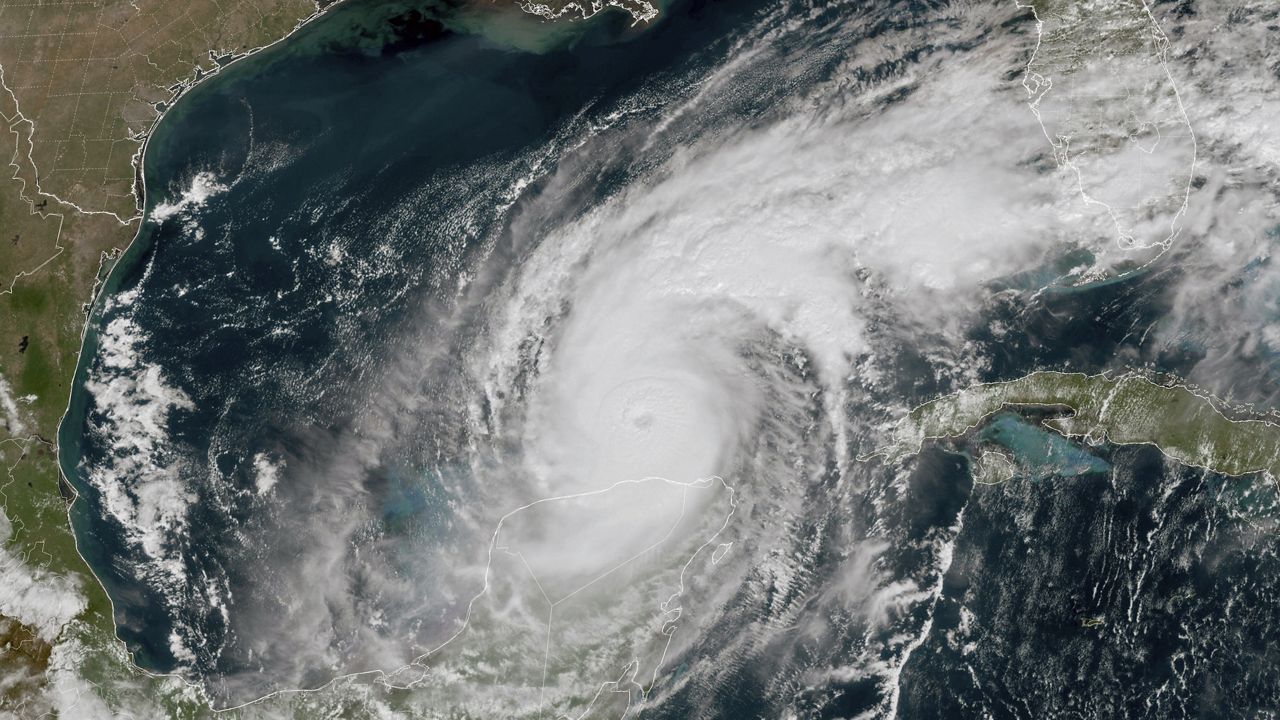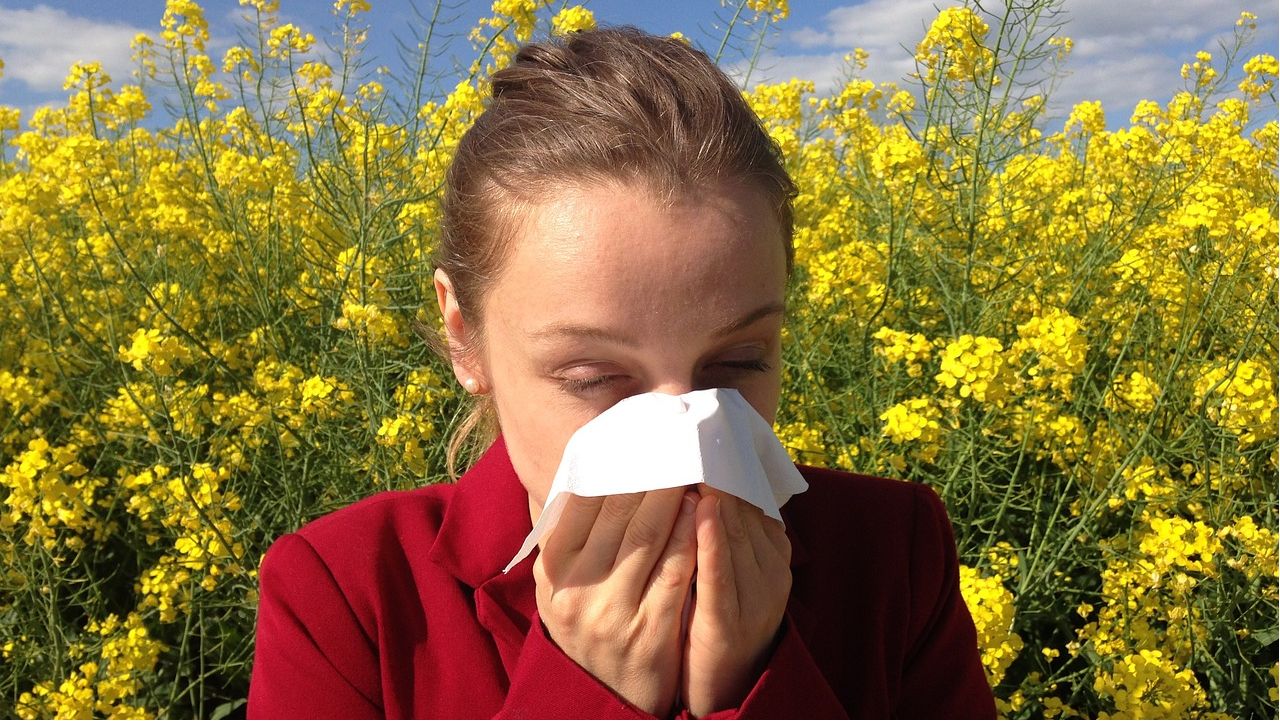Raven is a sweet dog looking for her forever home at Pet Rescue by Judy in Sanford.
What You Need To Know
- Hot days can be dangerous to paws as asphalt heats up quick
- More frequent hot days puts pets health at risk
- Pets can get heat stress and heat stroke just like humans
- Pets also have a hard time acclimating to extreme temperature fluctuations
Kaley Anderson works at the rescue. She is helping Raven and the other rescues on their journey to find a loving family. When asked about Raven's interests, she said, "she loves loves loves to play with balls, that's what makes her the happiest.”
When it's time to head outdoors for some playtime and exercise, they have to think about the weather.
“When it’s hot, we have to lower their play times to 10 to 15 minutes so they don't overheat,” Anderson said, in regards to the precautions that are taken into consideration.
Otherwise Raven and her furry friends could suffer from heat stress, heatstroke and burnt paws.
“We have to make sure they are not walking on the blacktop, on the hot floor, just because it burns their feet, and they get blisters,” Anderson said.
That’s because asphalt heats up quickly. If it’s 77 degrees outside, that feels like 125 degrees on your pet's paws.
Dr. Jessica Bell, D.B.M., a clinical assistant professor at Washington State University's Veterinary Teaching Hospital, shares a bit more.
“Anything over 80 degrees air temperature, or 90 degrees air temperature, that's when you need to be more concerned and checking the surface that you're walking on," Bell said.
A warmer climate means you need to pay attention to the forecast and your pet's safety. Since 1970, tracking shows an increase in the number of days above 77 degrees each year in Orlando.
When your dog has its tongue hanging out, that is an easy sign that your pet is trying to cool it down.
According to Bell, “When they pant, they increase their airflow into their upper airways, and into their lung field, so that circulation of air causes their body temperature to drop, so it’s a good natural response to being overheated.”
But prolonged exposure to heat isn't the only concern.
Dr. Christine Rutter, a veterinarian and specialist in emergency and critical care at Texas A&M University, was asked about what a changing climate does to our pets.
“When I'm thinking about climate change and how does that affect animals, certainly we do have more warm days," she said.
However, fluctuations in temperature tend to have a bigger impact on our pets.
“What you're seeing are these really cold temperatures and then it will be really hot and really cold, and what happens is our pets don't get acclimatized to when its suddenly really hot or suddenly really cold," Rutter said.
This includes drastic changes in temperature over a short period of time and more frequent, extreme events.
When those extremes happen, Pet Rescue by Judy is prepared.
“We have cool towels that we lay on top of them, and we have ice packs as well that we use to cool down their body heat as quickly as we can,” Anderson said.
Of course, Raven doesn't complain about the sun and warmth.
“She just has the best time running around in the yard, digging holes for her balls,” Anderson said.
And staying safe, even during the dog days of summer.









